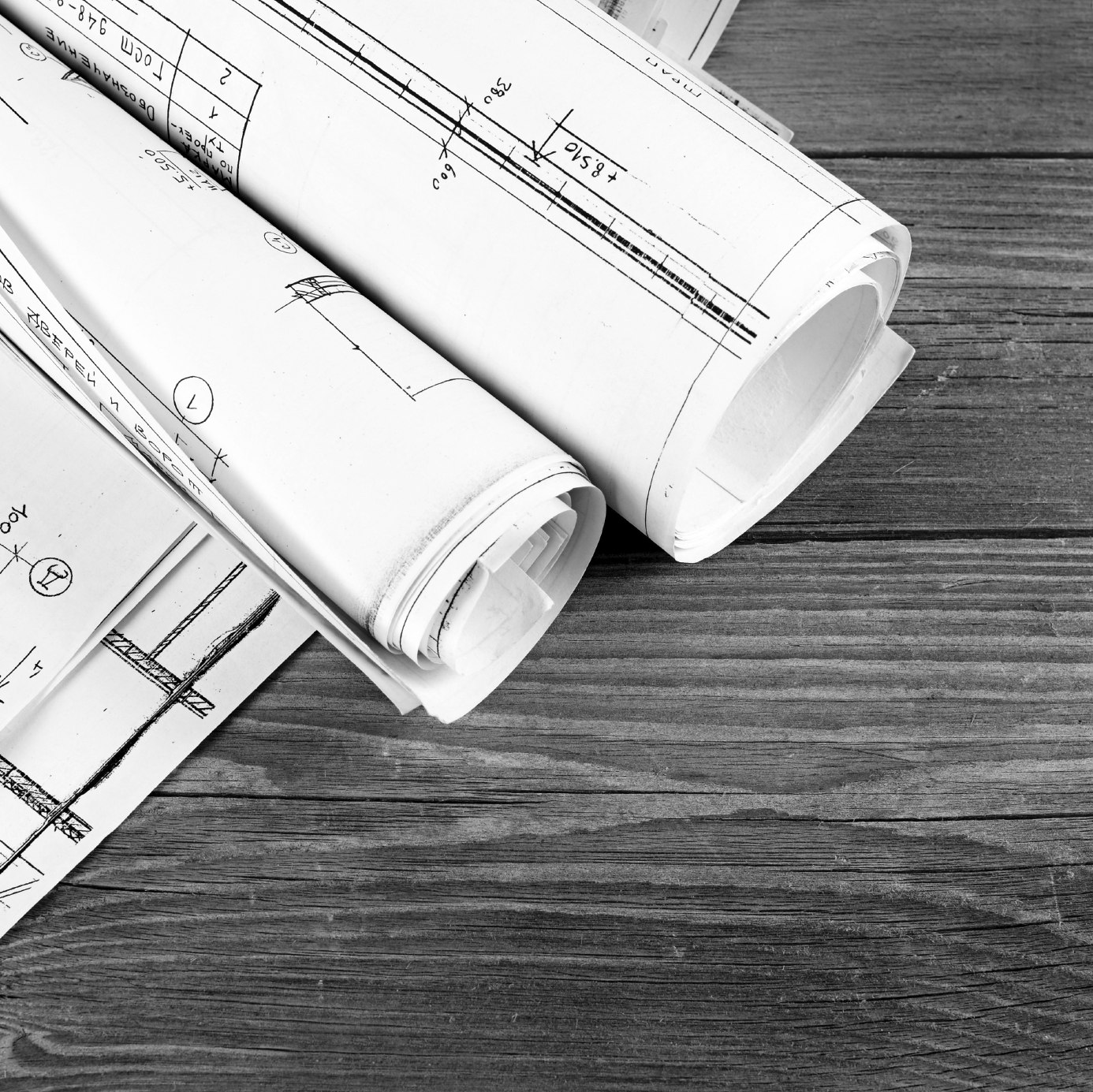
Commissioning Process, Benefits and Costs
In an earlier Brief titled “LEED® Commissioning“, we described the commissioning process as “THE means for building owners to buy a new building for which they know they are getting what they paid for”. Want us to back up that claim? Keep reading.
There are two levels of commissioning for LEED® facilities – fundamental and enhanced. “Fundamental Commissioning” is required. “Enhanced Commissioning” is not required, but it provides valuable additional services and is good for one point toward certification.
Fundamental Commissioning
The goal of fundamental commissioning it to ensure building owners get what they pay for with regard to construction, equipment, and most importantly, functionality (automatic controls). The commissioning (Cx) agent who works directly for the owner, independently of the design and construction team, ensures systems are designed and built per the “Owner’s Project Requirements”. This includes system design and equipment selection. Finally, the Cx agent is in charge of carrying out functional performance testing to ensure control systems react appropriately according to the design sequence. MUCH energy can be wasted if controls are not sequenced properly.
Enhanced Commissioning
Enhanced commissioning starts with the tasks of Fundamental Commissioning but adds design review of construction documents, review of contractor submittals of systems being commissioned, develops systems manuals and training, and provides a building “checkup” after 10 months of operation.
The benefits of enhanced commissioning include the reduction of change orders due to errors in construction documents. Change orders are expensive because they disrupt the process, sometimes significantly, and there is no bidding for change orders, like you may have for the entire project.
Another benefit is systems manuals and training. One of the few drawbacks of commissioning new buildings or retrocommissioning existing buildings is that systems tend to revert back to typical inefficient (or at least less than optimal) performance. Explaining how systems work and use energy is vital for staff to understand and fix problems rather than symptoms. Fixing symptoms often wastes energy. For example, the locker rooms may stink in the morning for open gym. A solution may be to run the exhaust 24/7. This may greatly increase ventilation loads on the building and most of it can be avoided. If air is going out through the exhaust, it is coming in somewhere! A good alternative may be to just do a flush a half an hour before occupancy.
Commissioning Cost
Commissioning costs can run from 25 cents per square foot for simple facilities, like an elementary school, to over $1.00 per square foot for complex facilities such as laboratories or hospitals. In the big picture, this represents about 0.2% of the cost of the facility. Energy savings alone may pay for the commissioning in 1-2 years. Additional savings may be achieved by avoiding change orders and delays in the project.



